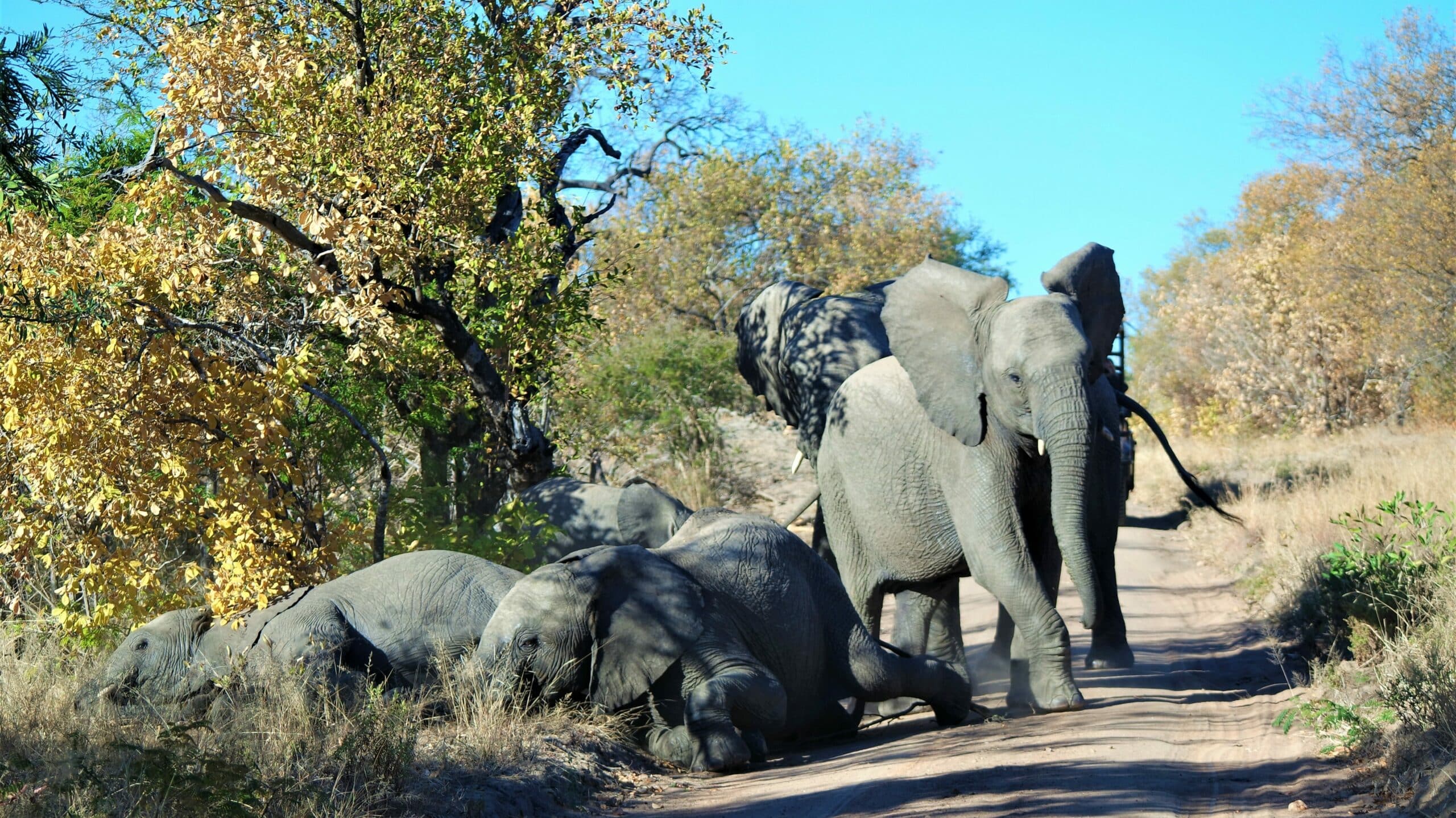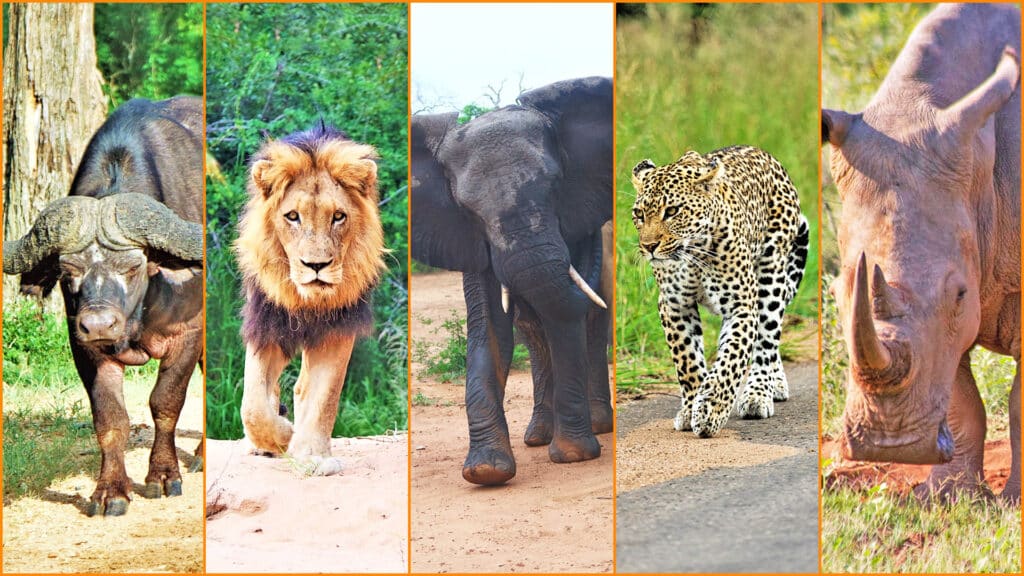
The BIG 5 is always on everyone’s wish list for safari – In part 1 of this series on Africa’s famous 5, we delve into what, why, and how.
The Big 5 will always be on everyone’s lips when discussing a safari. Whether it be planning an upcoming trip, sharing past experiences, or merely daydreaming about the bucket list items to cross off.
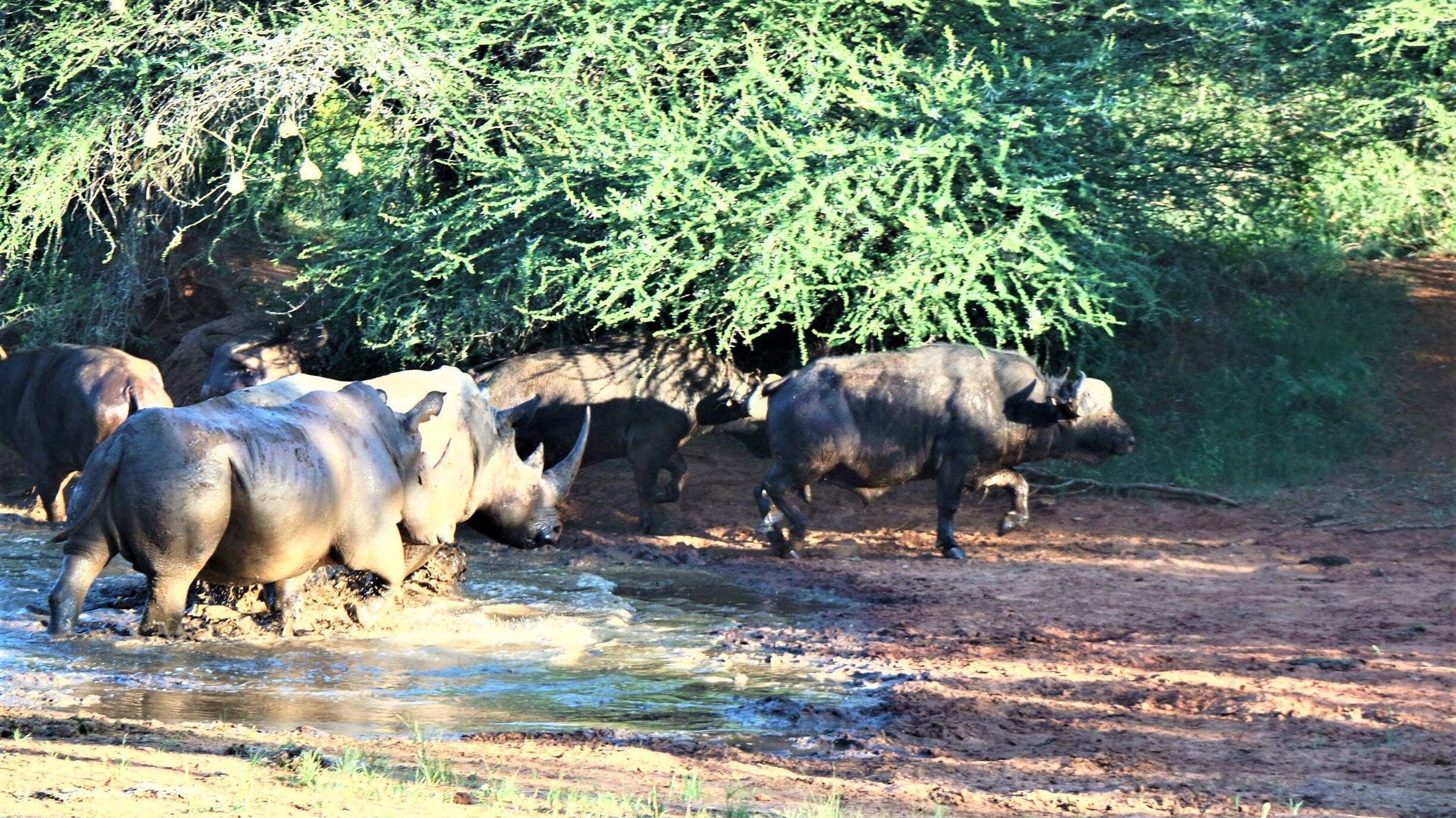
The BIG 5 are the lion, leopard, buffalo, elephant, and rhino. Made famous by professional hunters in the early 20th century who marketed these animals as the most dangerous to hunt, the term “Big 5” remains in the safari industry.
In this series on Africa’s famous 5 – we will be uncovering the Big, the small, and the ugly 5!
The Leopard – Africa’s Popular
Leopards are famous for their excellent camouflage and can be easily driven past without even knowing. These spotted cats can be rather hard to find!
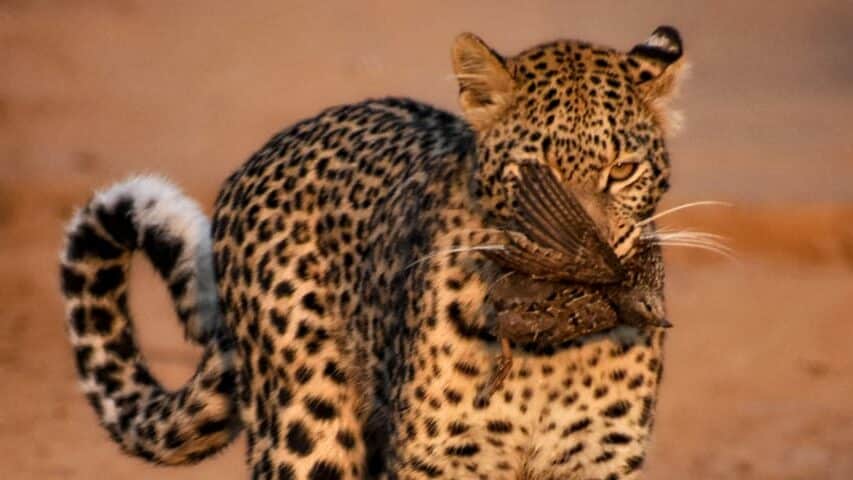
- Weight & Lifespan: Big males weigh approximately about 80 kilograms (176 pounds) and females 45 kilograms (99 pounds). The typical average lifespan is 12-17 years.
- Social Structure: Leopards are mostly solitary animals except for when mating or when young are still dependent on their mothers.
- Mating: Can happen any time throughout the year and generally lasts 2-7 days.
- Gestation & Young: Females carry their young for approximately 3.5 months. Litter size is usually 1-3 cubs. She will have several den sites for the young, and will move them when compromised by parasites or other predators.
- Diet: They are carnivorous and feast on anything from insects to small birds, to medium-sized antelope.
- Activity: Leopards are mostly nocturnal – which means they rest during the day and are most active at night. This also gives them the upper hand, as they see perfectly at night whereas diurnal (active during the day) animals do not, and thus become easy prey to them.
- Coverage per second: These cats are not to be messed with – they do not like to be surprised and can cover 23 meters (75 ft) in one second!
- Defence & Competition: They compete for prey with just about every other predator. Their main threat however, are lions. They are fantastic tree-climbers and can stash their prey in an elevated spot. This reduces the risk of other predators stealing their food.
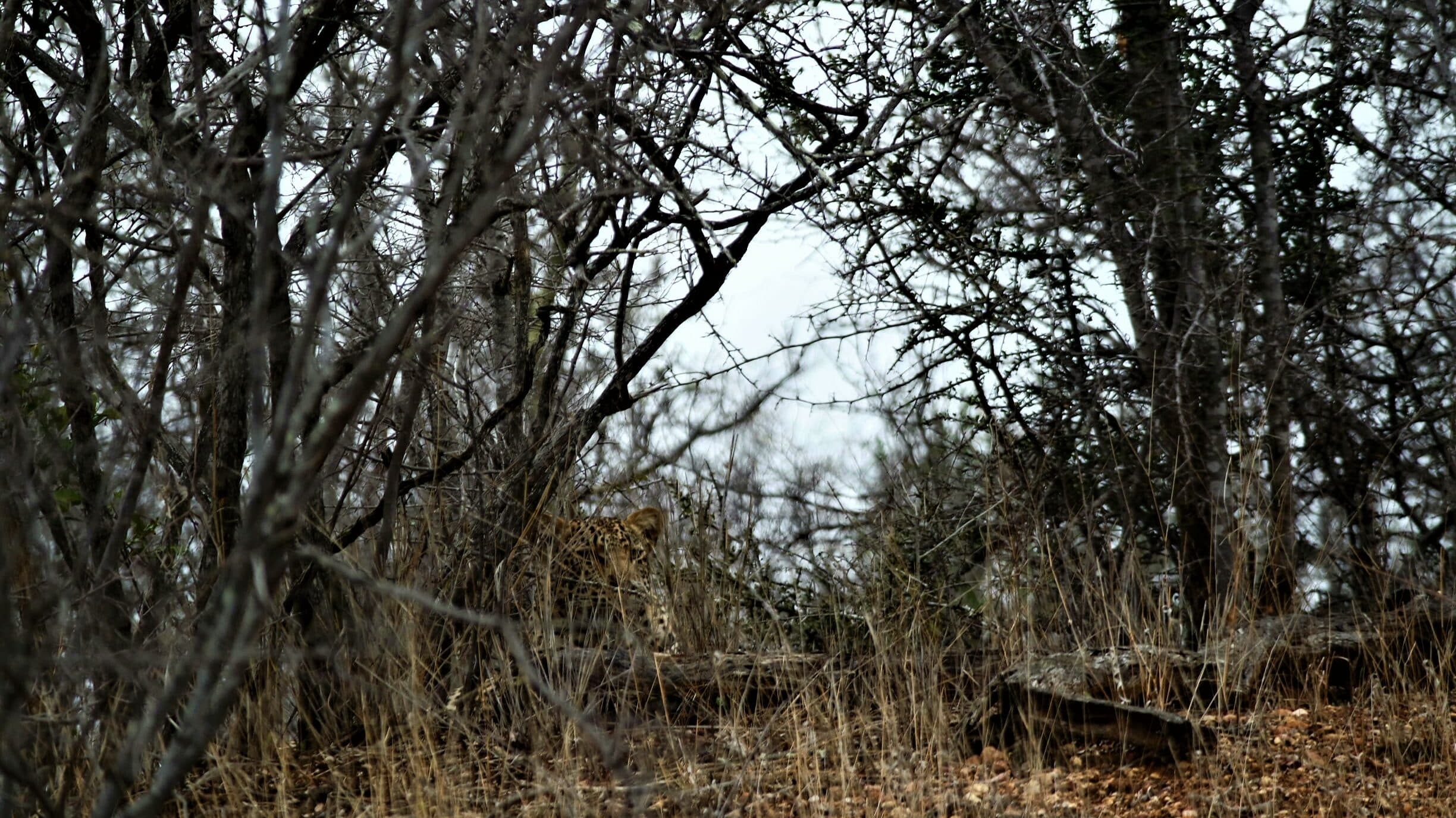
The Buffalo – Africa’s Most Underestimated
People tend to think of them as mere cows. This could not be further from the truth.
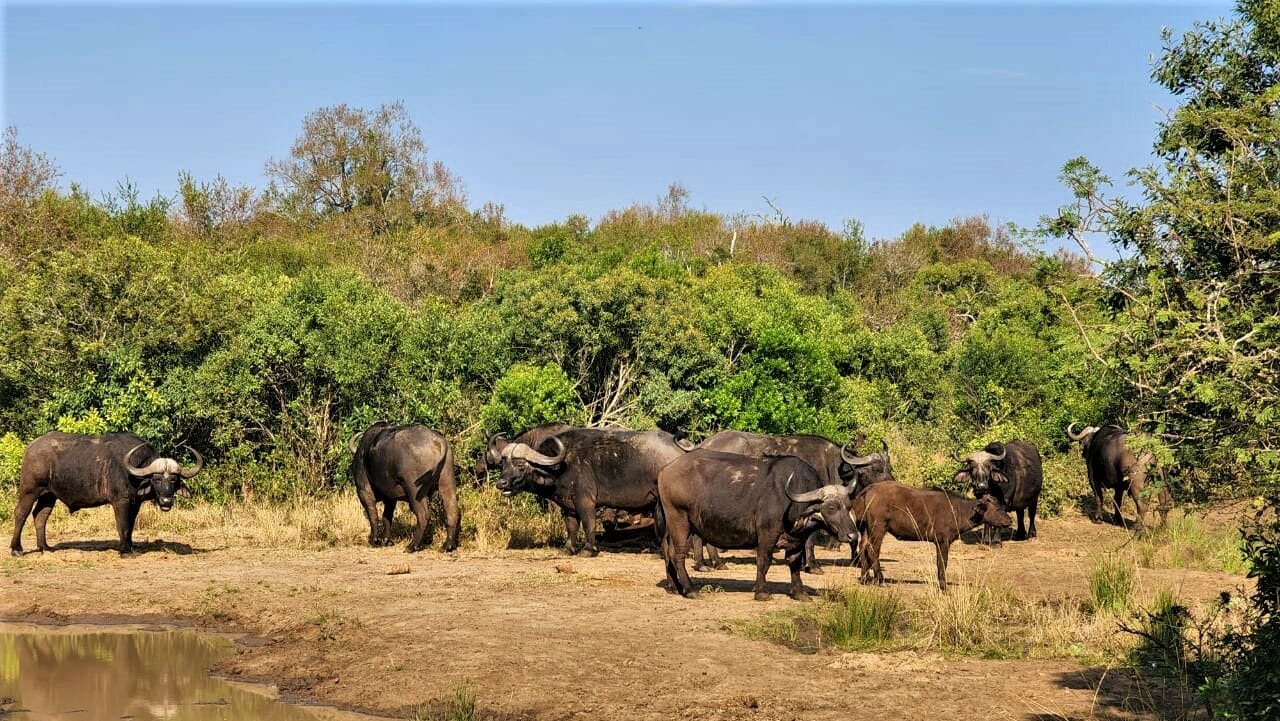
- Weight & Lifespan: These large animals weigh up to 1 ton (2000 pounds) and can live +/-18 years in the wild.
- Social Structure: Buffaloes are predominantly herd animals and will form defensive lines when confronted by predators. They will aggregate as one huge group and also attack in this manner, with the bulls being the predominant aggressors. The older bulls (called “Daga boys”) retire from the herd and form smaller groups.
- Mating: Generally occurs in late summer (March to May). These animals do not mate for life. Dominant bulls will mate with various females.
- Gestation & Young: They carry their young for 11 months and give birth to 1 calf.
- Diet: Buffaloes are grazers and ruminants. Chewing the cud along with their specialised 4-chambered stomach helps them digest that woody plant matter!
- Activity: Buffalos are diurnal, with most of their activity happening during the day.
- Coverage per second: These hefty animals may seem slow, but they can cover 15 meters (49 ft) in one second!
- Defence & Competition: Lions are their biggest threat, but occasionally leopards will target their calves too. Buffaloes defend themselves using their horns, of course, size also counts in their favor. They can be highly unpredictable and can charge without warning. They are known to stampede when threatened, killing humans on occasion.
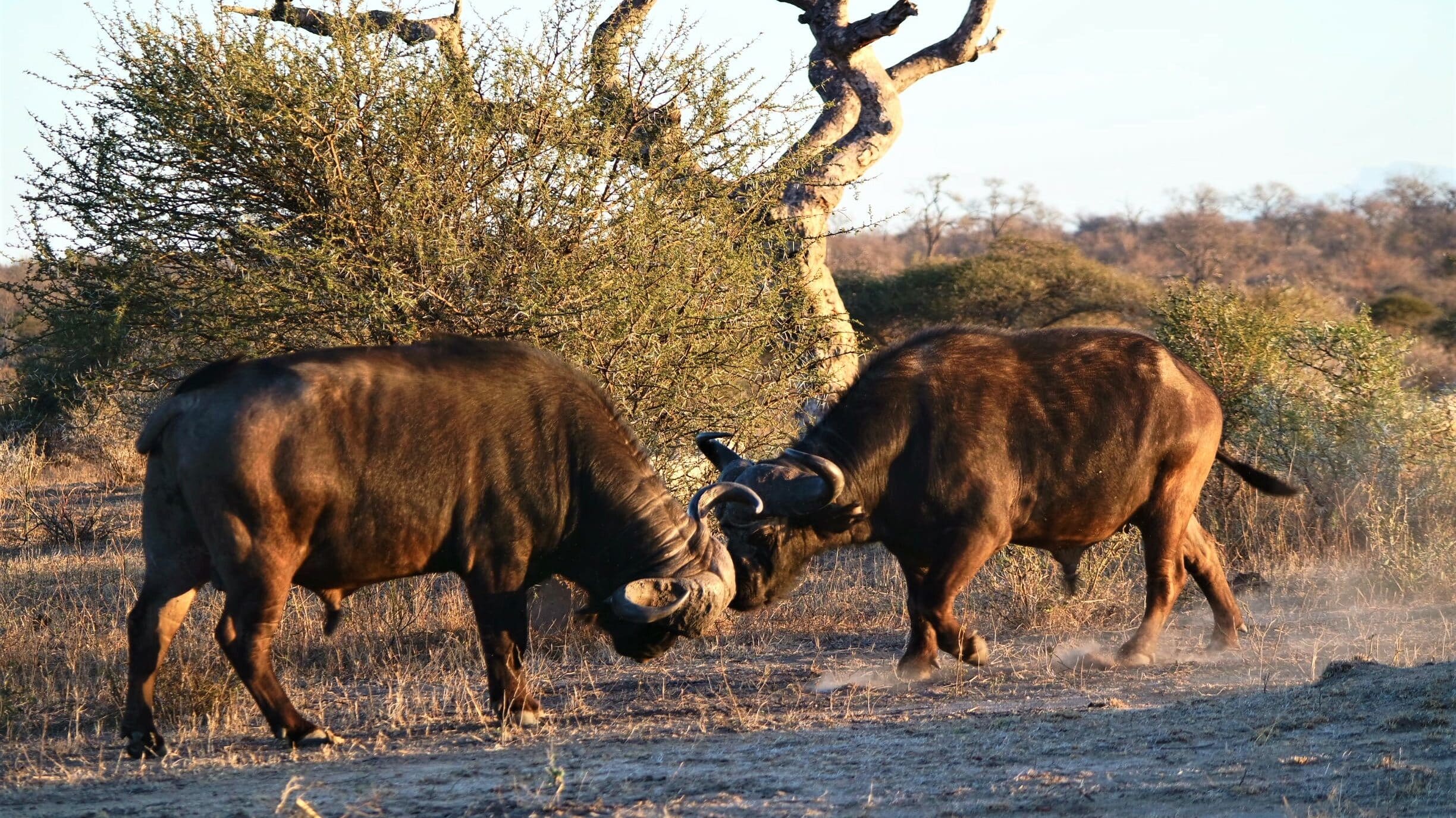
The Rhino – Africa’s Unicorn
Due to the fact that people are killing black and white rhinos in Africa for their horns, they have become highly endangered. The horns consist of keratin, which is a highly sought-after product on the black market. The white rhino is specifically used when referring to the big 5.
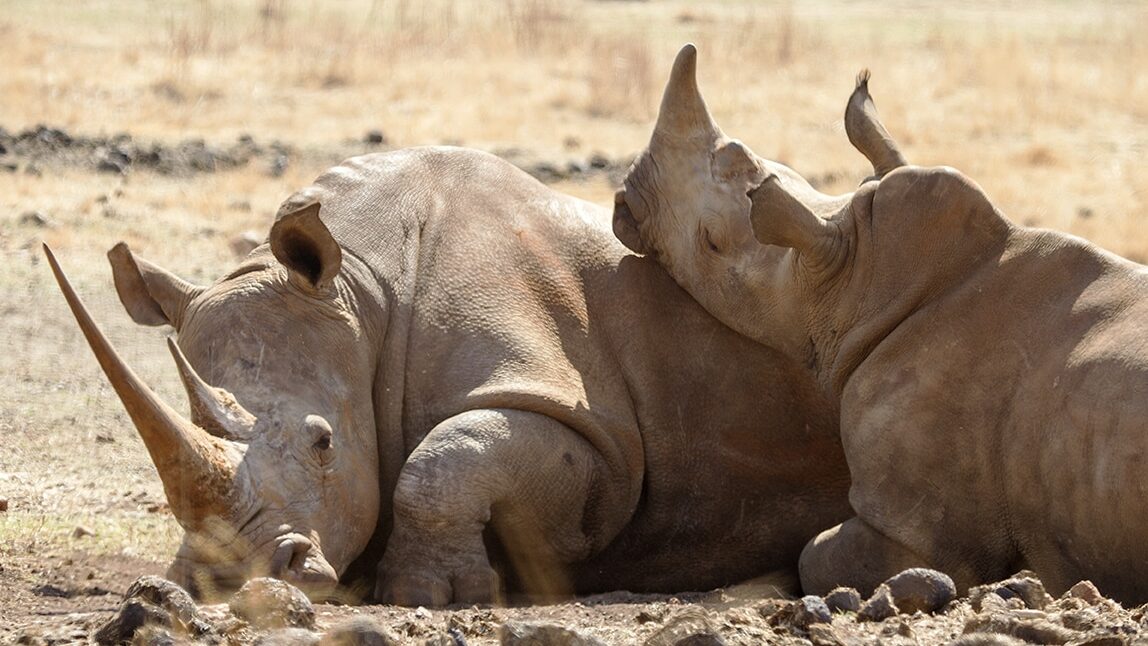
- Weight & Lifespan: White rhinos weigh in at an impressive 2.3 tons (5070 pounds) and can live to 45 years old, given the chance!
- Social Structure & Territory: They can be found in large groups, smaller groups and even alone. Bulls are very territorial and will fight each other if need be.
- Mating: Occurs any time of the year. Bulls can tell if a cow is in oestrus by scenting her urine and will track her down if she is. Mating can be very violent and bulls will often force themselves onto cows. They can severely injure or kill reluctant cows in the process.
- Gestation & Young: Cows will gestate for 15 months and give birth to 1 calf.
- Diet: White rhinos are grazers (grass-eaters), whereas black rhinos are browsers (leaf-eaters).
- Activity: Rhinos are mostly active during the day and will spend most of their time grazing. When it is hot they like to wallow in mud to keep cool off and save energy by resting in the shade.
- Coverage per second: These animals have very poor eyesight and when caught off guard, they will usually retreat. They can cover 11 meters (36 ft) in one second!
- Defence & Competition: Lions may try their luck with these tenacious animals, but very rarely succeed. Furthermore, rhinos do not really have many common enemies, apart from their own species – and humans, of course.
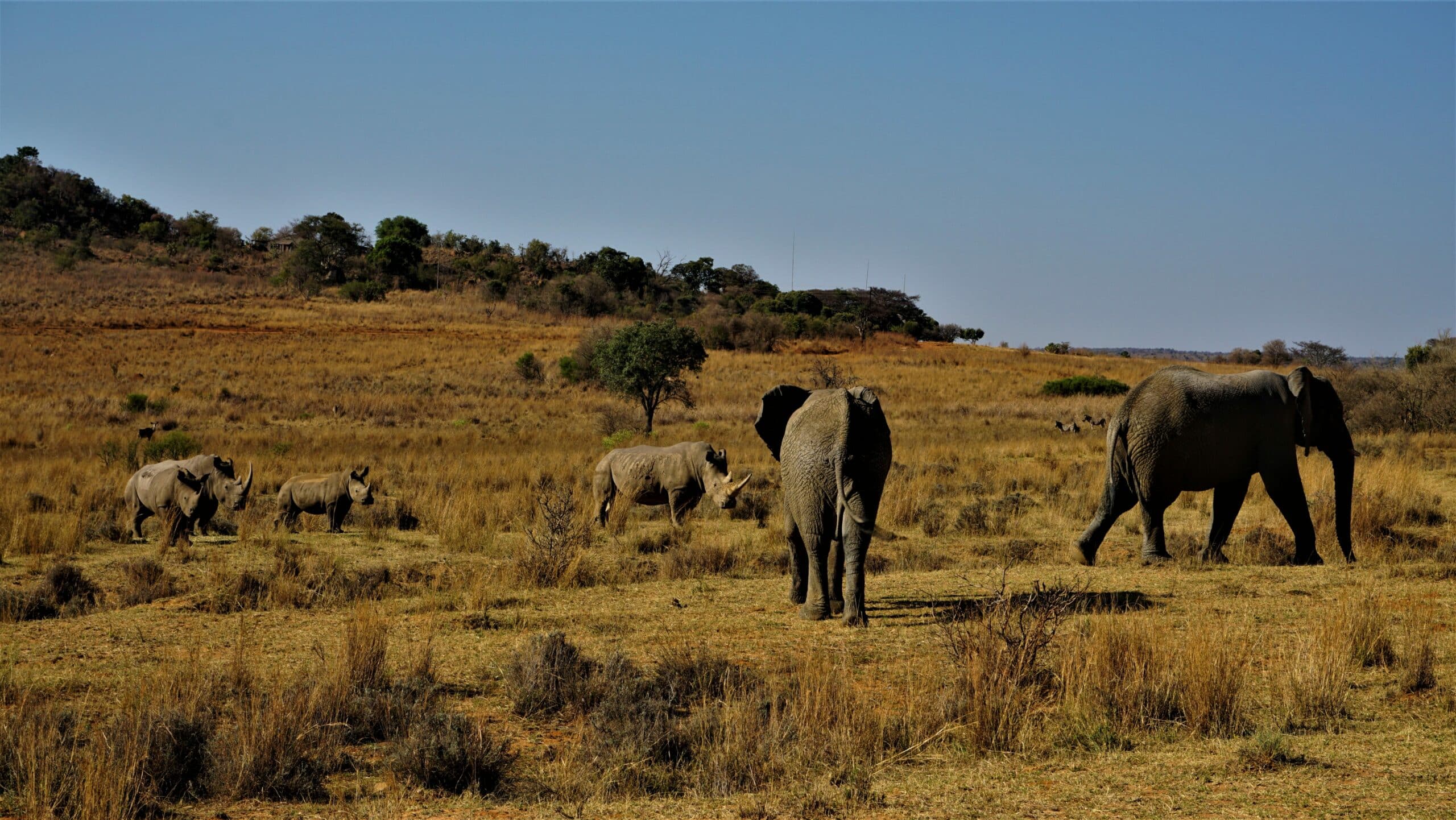
The Lion – Africa’s Royalty
Lions are icons of the African savannah and are often referred to as the ”Kings and Queens of the jungle”.
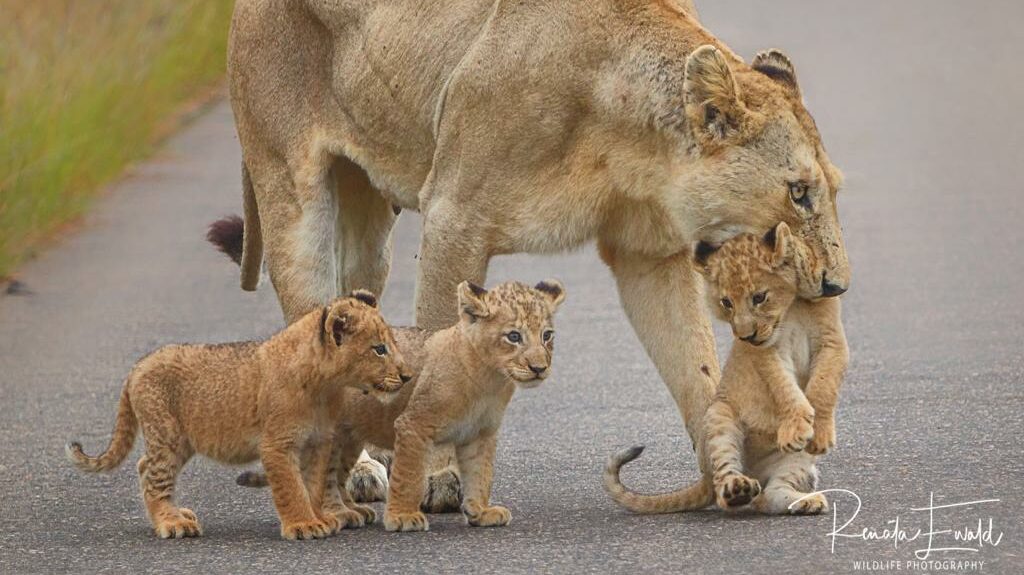
- Weight & Lifespan: Males can weigh up to 270 kilograms (595 pounds) and live 8-10 years. Females weigh up to 170 kilograms (374 pounds) and can live up to 15 years.
- Social Structure & Territory: Prides consist of adult females and dependent offspring (Both male and female). Adult males are found singularly or in coalitions and have mating rights over the prides of lions that reside within their territory. Both Coalitions and Prides of lions are extremely territorial
- Mating: Lions do not mate for life and mating can happen any time of the year. When a lioness is in oestrus nearby males will pick up on her scent, track her down and mate with her.
- Gestation & Young: A lioness will gestate for +/-110 days and can give birth to litters of up to 6 cubs! Female lions have to frequently move their young, as the little ones are frequently killed by other animals when found. Should a male lion also stumble upon cubs that are not his own, he will also kill them. This causes the mother to stop lactating and brings her back into oestrus.
Have you checked out our brand-new Latest Sightings App? Let us know which of Africa’s famous Big 5 and other animals you see in the parks and reserves!
- Diet: They are opportunistic hunters and will pursue anything from as small as a hare, to as big as a giraffe!
- Activity: Lions conserve their energy by resting 16 to 20 hours a day. They are crepuscular by nature – meaning they can be active by day or night. They tend to be more active during the day in winter and more active at night in the summer. They are generally most active at dusk and dawn.
- Coverage per second: Not an animal you want to stumble upon in the bush since they can cover 22 meters (72 ft) in one second!
- Defence & Competition: Lions are the apex predators of the African bush. They will take out any competition they are able to, whether it be wild dogs, leopards, or hyenas. They have even been known to kill their own!
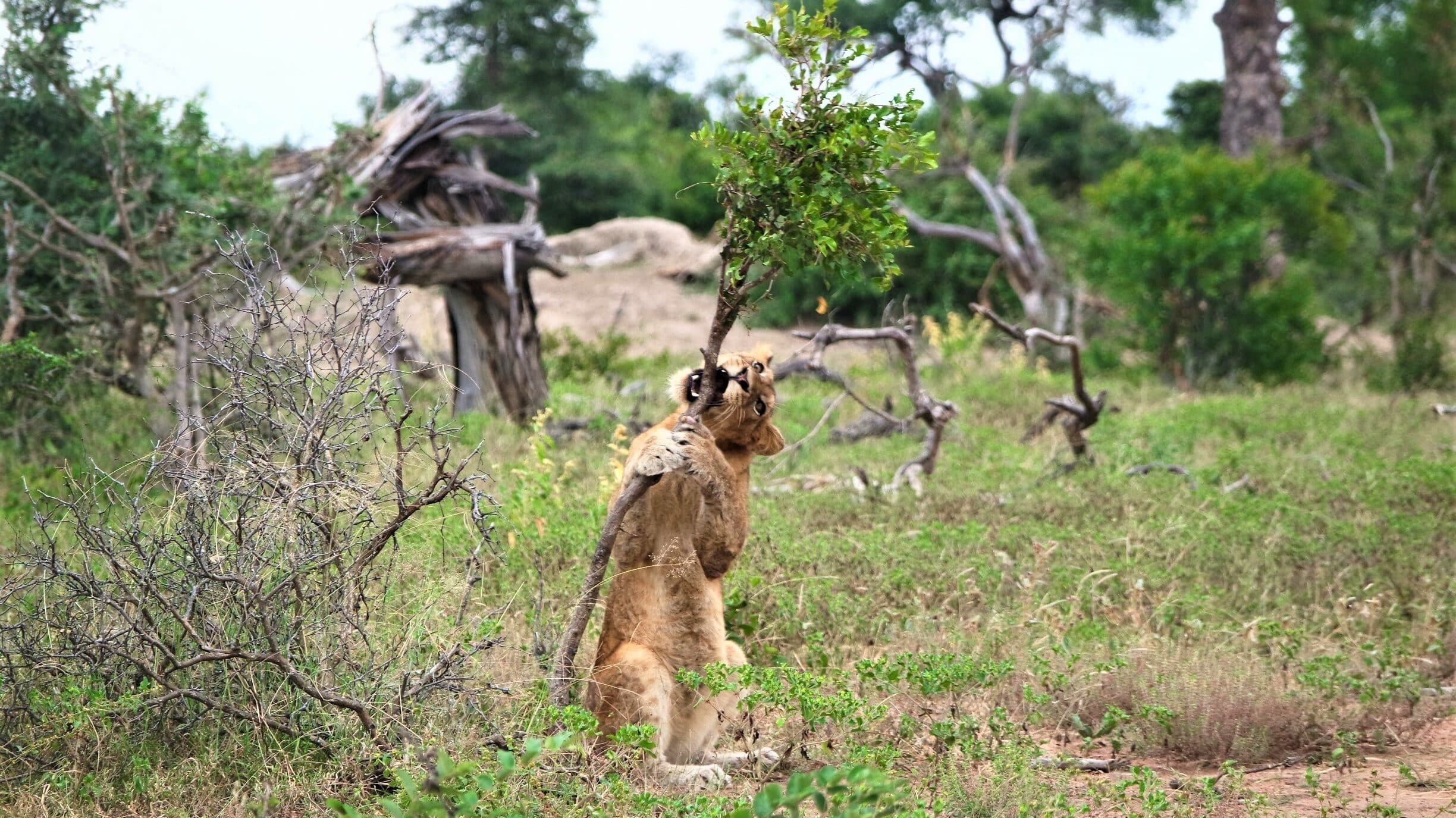
The Elephant – Africa’s Gentle Giants
Elephants are fascinating for many reasons, and their sheer size can be awe-inspiring! Their imposing form can be intimidating, but they are often gentle when treated with respect.
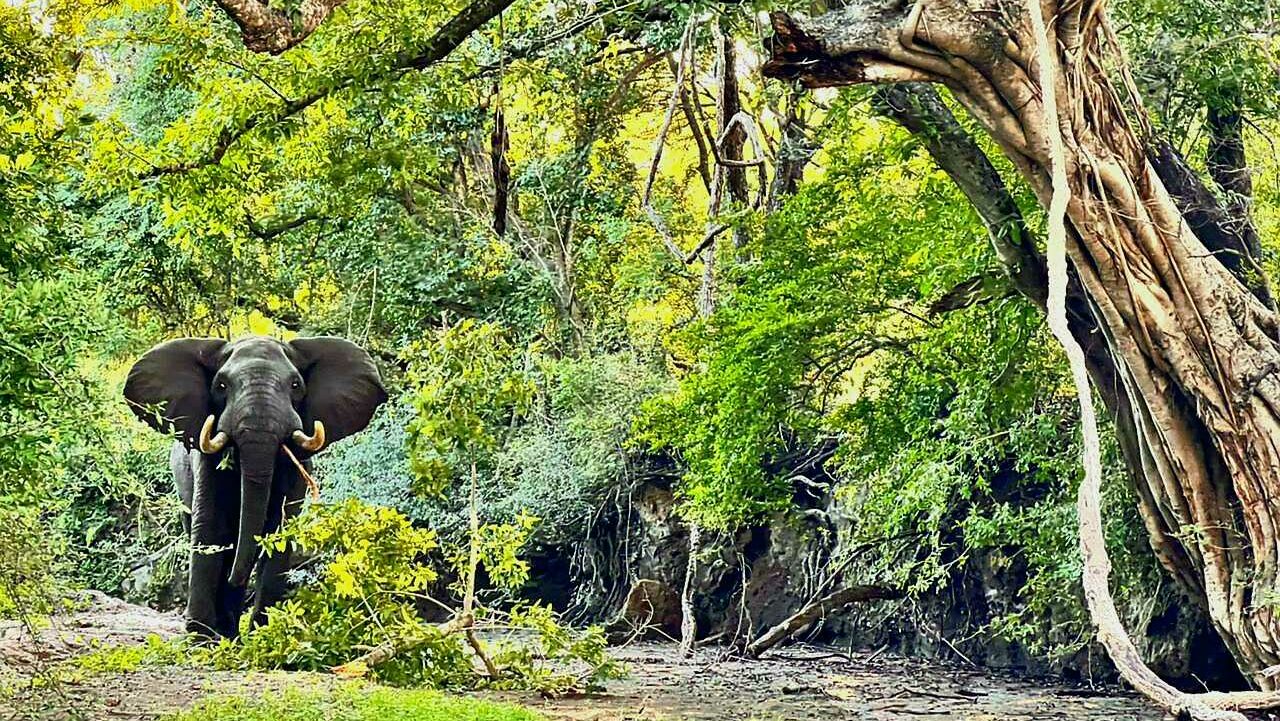
- Weight & Lifespan: Elephants are the largest living land mammals weighing up to 6 tons (13 227 pounds). They can live to an impressive 65 years!
- Social Structure: They are herd animals and are very protective over each other. It is a female lead society with the matriarch cow in charge of a herd. She will make decisions for the safety, movement, and well-being of the group.
- Mating: Happens any time of the year and bulls will mate with several cows.
- Gestation & Young: Cows gestate for a full 22 months and give birth to 1 adorable calf!
- Diet: Ironically, these huge animals are herbivores – enjoying grass, leaves, branches, and pretty much anything in the bush that does not have a heartbeat.
- Activity: Elephants are active during the day and rest mostly at night. Interestingly elephants have the ability to sleep whilst standing! Elephants communicate by trumpeting and rumbling. Some of these rumbles are so low that they are inaudible to humans. Elephants hear these low-frequency rumbles, which travel through the ground, by feeling the vibrations through their feet…How crazy!
- Coverage per second: Yes they are huge, but when provoked or spooked these massive animals cover 11 meters (36 ft) in one mere second!
- Defence & Competition: Their size is no secret and obviously not too many animals will mess with them. Lions and crocodiles have been known to try, but elephants really are very capable of protecting themselves against other animals.
We pin thousands of wildlife sightings shared by our community in Kruger and Pilanesberg onto an interactive map. These maps will help you plan the best routes in the parks based on hard data! Our eGuide could help you spot animals in the parks!
